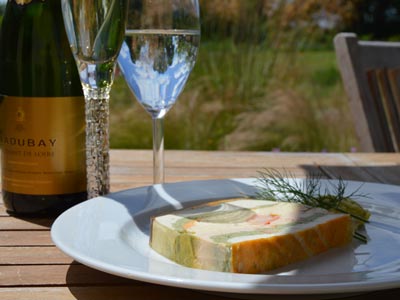Chateau d’Amboise
Chateau d’Amboise was built on a plateau above the River Loire. The strategic qualities of the site were recognised before the medieval construction of the castle, and a Gallic oppidum was built there. In the late 9th century Ingelgarius was made viscount of Orleans and through his mother was related to Hugh the Abbot, tutor to the French kings.
Ingelgarius married Adelais, a member of a prominent family who controlled Chateau d’Amboise. His marriage was arranged by Adelais’ uncles: Adelard, Archbishop of Tours, and Raino, Bishop of Angers, so that Ingelgarious (Ingelger) known as a miles optimus, a great military man, could assure the protection of Amboise from the Norman invasions. Ingelgarius raised the defenses of the city.
In the early 10th century Chateau d’Amboise was the most protected site of all of the west of France.
Ingelgarius and Adelais of Amboise were the parents of Fulk the Red, the first hereditary count of Anjou. The famous Fulk III Nerra as well as well as Geoffrey of Anjou, founder of England’s Plantagenet dynasty, were both their direct descendants.
The Royal Chateau d’Amboise and its Garden.
Among the people Charles brought from Italy was Pacello da Mercogliano who designed the gardens at the Chateau d’Amboise and Blois; his work was highly influential amongst French landscape designers. Charles died at Chateau d’Amboise in 1498 after he hit his head on a door lintel. Before his death he had the upper terrace widened to hold a larger parterre which was enclosed with latticework and pavilions; his successor, Louis XII, built a gallery round the terrace which can be seen in the 1576 engraving by Jacques Androuet du Cerceau, in Les plus excellens bastimens de France. The parterres have been recreated in the twentieth century as rectangles of lawns set in gravel and formal topiary.










